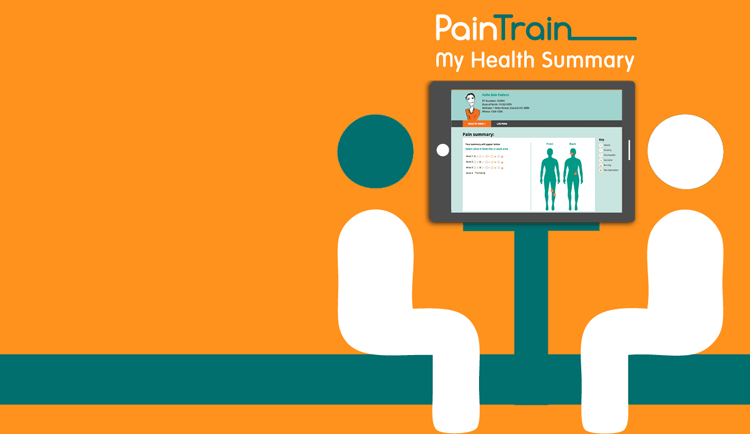Pain Train – think of it as a patient CV
Judging by my own measures (hope you don’t mind me taking a stab here), whether you’re a professional or a patient you wouldn’t be thinking that it’s up to you to invite this new Pain Train language into your relationship.
Would I be right?
You all know my Pain Train scenario – I instigated the use of it in my own pain management and Dr Christelis agrees that it was my job to do that.
I’ll be honest, I don’t really mind which way Pain Train found its way into my pain management because the point of pain management is to try everything until you find something that works.
Pain management, in my experience (and referring to a few of my own measures again) works when a professional and a patient are both active in the search and trial of options. From there, the patient explores some of the options (if not all!) that they feel might be of benefit to them.
Having used Pain Train for a while now and following all the online health record information, I’ve realised Pain Train is actually not a health record resource at all. It’s really a kind of Curriculum Vitae (CV), something a little more personal – thus the new tag line:
‘Pain Train – My Health Summary’.
Pain Train is a type of health CV and it’s no different to a CV that you might read if you were seeking to employ someone or seeking employment yourself.
Don’t you read/send the CV ahead of an interview? Saves a bit of time doesn’t it?
A CV filters, translates, communicates and if done well, provides a pretty good ‘person’ picture – and pretty swiftly!
When I compare the CV and what Pain Train does and then put them both in their employment and pain management scenarios, I see that the same important factors such as history, attitude, and personality describing ‘the person’s experience’.
That’s some pretty valuable information for you both before you even meet or say a word to each other.
And that’s the very least of it! The 24/7 access gives you both ability to stay updated, once again without having to see each other or say a word to each other.
Beyond the obvious benefits Pain Train can provide for both of you, being able to help more people and having less appointments is a pretty efficient health sector possibility.
Pain Train is a very simple yet efficient tool. It’s not going to prompt anyone to do anything and it doesn’t demand information. Pain Train’s aim is to help you both with a little translation.
Afterall, (I’ll take another guess here), you’re both most likely speaking a different language!

